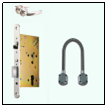



|
Locks, Strikes and Releases |
|
Most access control projects rely on the simple concept of opening a door or barrier.
When designing a system care must be taken regarding the following points:
· Material door is constructed from, i.e. metal, wood or metal framework / plastic covering. Does the door have enough thickness and frame width to take a lock release ?
· Is it a door or barrier ? Barriers very often only need a pulse input to operate the barrier control whereas doors need locks and releases.
· Is a magnetic release required, in which case which way does the door open ?, in or out ?
· Inward opening will need a Z bracket arrangement while outward opening doors need a simple head mount fixing. Remember that if inward opening the actual magnet fixes above the door not to it.
· Is there enough headroom and is the wall above the door constructed to take a release in this way ? ( i.e. plasterboard partition wall will not have the strength to hold a release )
· In the event of an emergency how will the locking system be overridden ?
· Is the door a fire exit door ? If yes what special provisions need to be considered ?
We cannot give every scenario for the myriad of doors in the world, however we can offer advice on the best to consider.
Please call us with your project details and we will try our best to source the correct locking system for the job.
Call 01923 224900 ( Outside of the UK 0044 1923 224900 )
To the right is a selection of devices widely used in today’s systems.
|
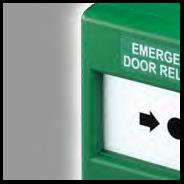
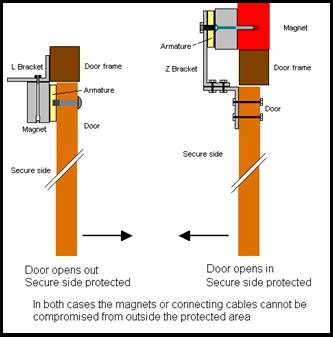
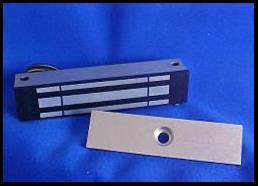
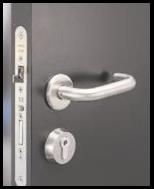
|
Standard resettable callpoint or override switch |
|
Standard door magnet and armature |
|
Abloy EL560 solenoid bolt. Doesn’t need a callpoint or request to exit button as handle works from inside at all times and only when the access system allows it from the outside. Armoured door loop is shown in the top picture. |
|
Diagram shows door magnet outward opening on left and inward opening on right. Notice that the latter has the magnet fixed above the door frame. |
